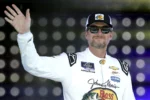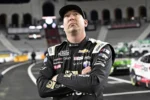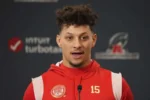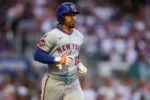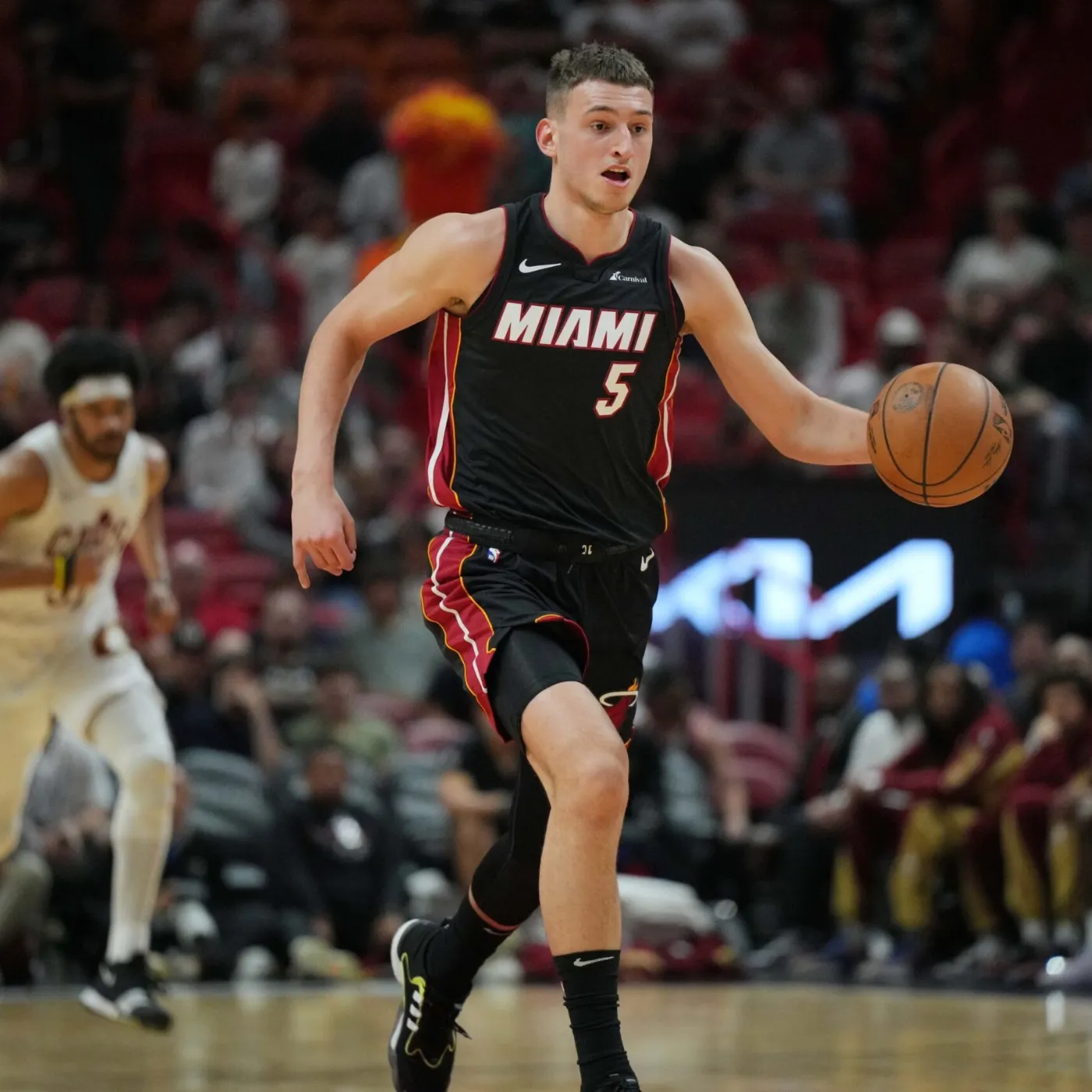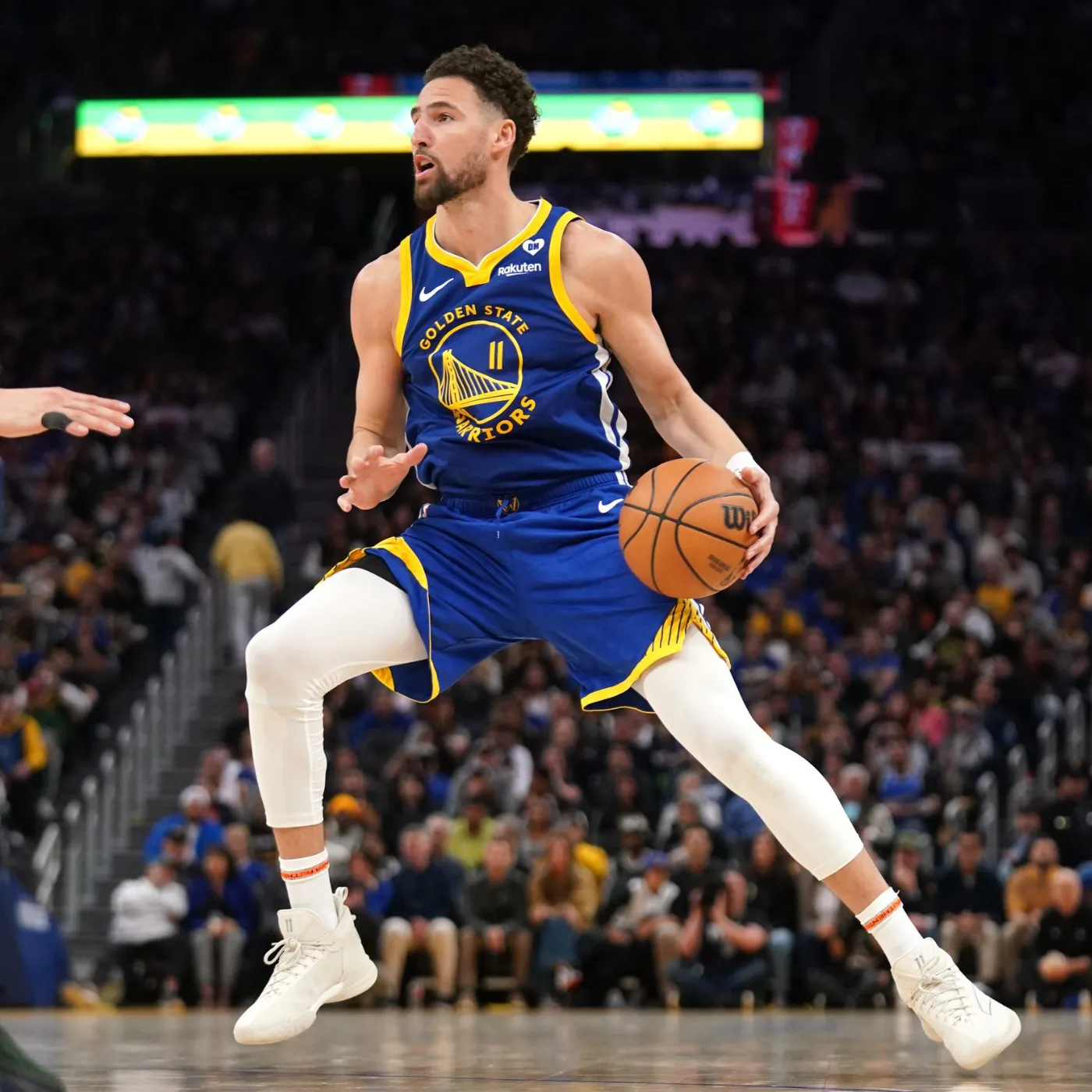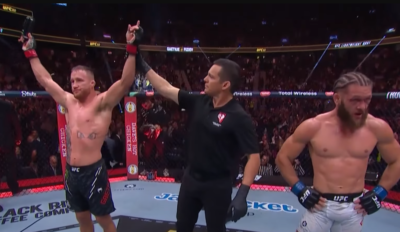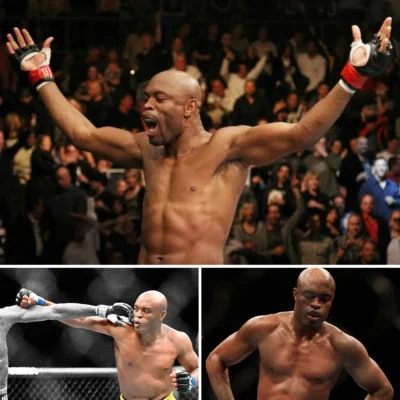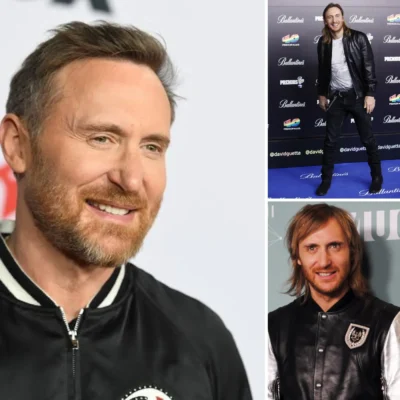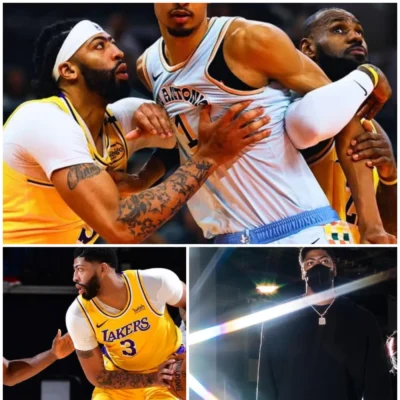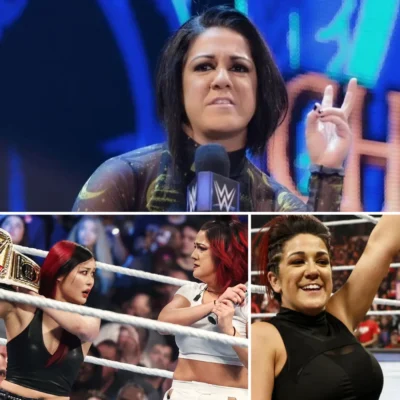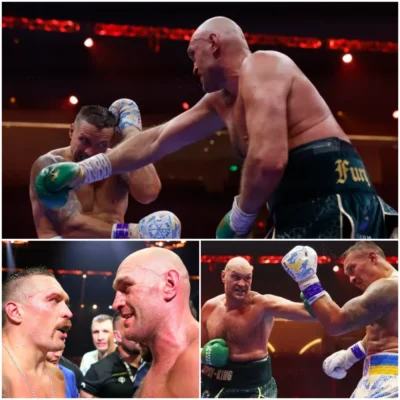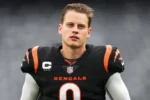
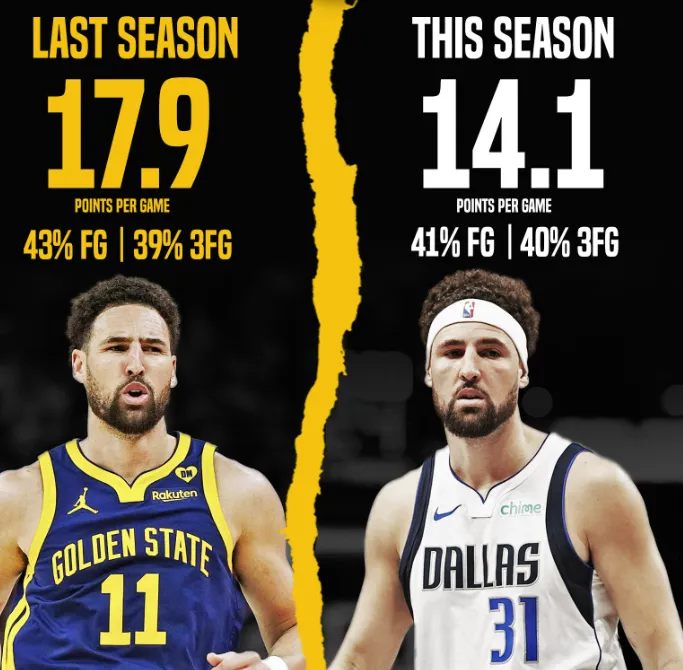
Klay Thompson Dropping from 17.9 to 14.1 Points: From Warriors Legend to Mavericks’ Problem – Is Dallas Wasting Him?
Klay Thompson has long been considered one of the greatest shooters in NBA history, a key figure in the Golden State Warriors’ dynasty, and a player who has redefined the role of a shooting guard. However, after making the move to the Dallas Mavericks, his production has seen a significant decline. The drop from an average of 17.9 points per game with the Warriors to just 14.1 points per game in Dallas has raised serious concerns. Is this a sign of Thompson’s decline, or is Dallas simply failing to utilize his skills effectively?
Klay Thompson’s Struggles in Dallas
When Klay Thompson signed with the Dallas Mavericks, fans were excited about the idea of pairing him with Luka Dončić and Kyrie Irving. The vision was simple: Thompson would provide elite three-point shooting and floor spacing while benefiting from Dončić’s passing brilliance. However, things have not gone according to plan.
His scoring average has plummeted, and his efficiency has taken a hit as well. While he remains a reliable three-point shooter, his role in the Mavericks’ offense appears to be inconsistent. The Dallas system, which thrives on Dončić and Irving dominating the ball, seems to leave Thompson struggling to find his rhythm. Unlike in Golden State, where the offense revolved around movement and off-ball screens, the Mavericks’ system does not play to his strengths as much.
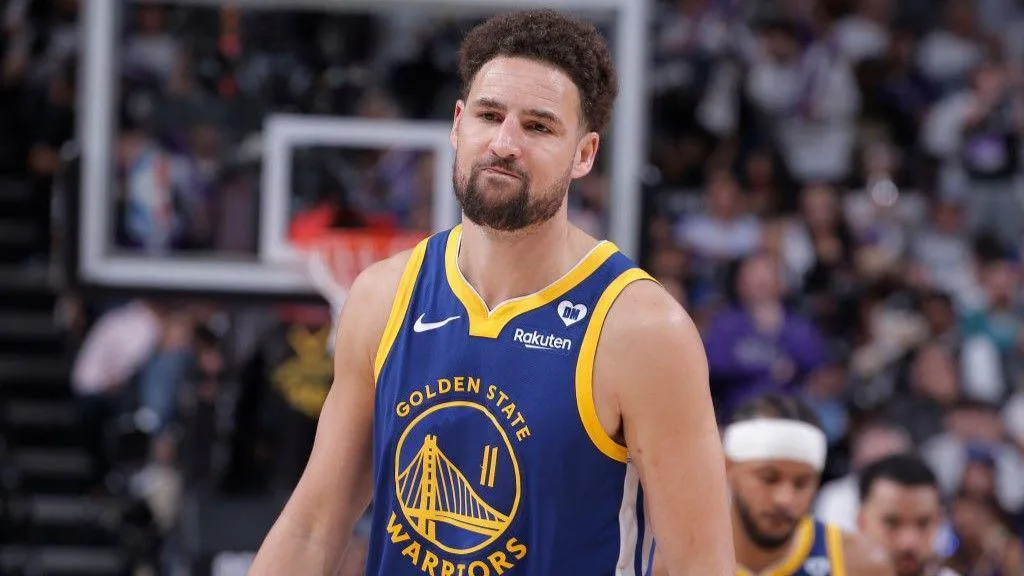
A Decline in Athleticism or a Misused Star?
At 34 years old, Klay Thompson is no longer the same player he was before his injuries. The ACL and Achilles injuries he suffered in 2019 and 2020 forced him to miss two full seasons, and while he made a strong comeback, his lateral quickness and defensive prowess have not been the same. This has impacted his ability to create shots and defend at the elite level he once did.
However, Thompson’s struggles are not just about age and injuries. The Mavericks’ offensive scheme does not maximize his skill set. With Dončić and Irving dominating the ball, Thompson is often reduced to a catch-and-shoot specialist rather than a dynamic off-ball threat. In Golden State, he thrived in a system that emphasized constant movement, setting screens, and cutting to the basket. Dallas’ offense, in contrast, is more isolation-heavy, leaving Thompson to stand in the corner waiting for opportunities.
Dallas’ Lack of Offensive Adjustments
The Dallas Mavericks coaching staff, led by Jason Kidd, has yet to adjust the offense to better suit Klay Thompson’s strengths. His off-ball movement, elite shooting, and quick release should be utilized more effectively. Instead, the Mavericks’ offensive sets seem to prioritize Dončić and Irving’s shot creation, with little regard for how Thompson can complement them in a more efficient manner.
One of the key issues is the lack of ball movement. The Mavericks rank near the bottom of the league in assists per game, relying heavily on individual shot creation rather than a team-oriented offensive system. In contrast, the Warriors’ system was built around ball movement, screens, and high-IQ basketball, allowing Thompson to get open looks effortlessly.
If Dallas truly wants to make the most of Thompson’s abilities, they need to implement more plays designed to free him up. Pin-down screens, dribble hand-offs, and more ball movement could unlock his full potential. Without these changes, Thompson’s impact will remain limited.
What the Mavericks Need to Do to Utilize Klay Thompson Effectively
To prevent Klay Thompson from becoming a wasted asset in Dallas, several adjustments must be made:
- More Movement-Based Plays – The Mavericks should incorporate off-ball screens, curls, and pin-downs to get Thompson open looks rather than having him stand in the corner.
- Increase Catch-and-Shoot Opportunities – Thompson thrives when he can take quick, uncontested shots. The offense should create more situations where he gets clean looks off screens.
- Reduce Isolation-Heavy Play – While Dončić and Irving are elite scorers, the team would benefit from a more balanced offensive system that involves all three players effectively.
- Improve Defensive Utilization – While Thompson is no longer an elite defender, he is still capable of guarding multiple positions. The Mavericks must ensure he is not left on an island against quicker guards.
- Find a Secondary Playmaker – A strong secondary playmaker could help take pressure off Dončić and Irving, allowing for better ball distribution and more opportunities for Thompson to get open shots.
Is This the End of Klay Thompson as an Elite Player?
While Klay Thompson’s scoring decline is concerning, it is far too soon to write him off completely. He still possesses one of the most lethal shooting strokes in NBA history and can be an invaluable asset if used correctly. The issue is not necessarily that Thompson is declining beyond usefulness but rather that Dallas has failed to utilize him properly.
Many NBA players have successfully adjusted their games as they age. If Thompson can find a way to be effective in a new role, whether as a catch-and-shoot specialist, veteran leader, or high-IQ defender, he can still contribute significantly. However, if the Mavericks fail to adjust, Thompson’s best years may be behind him.
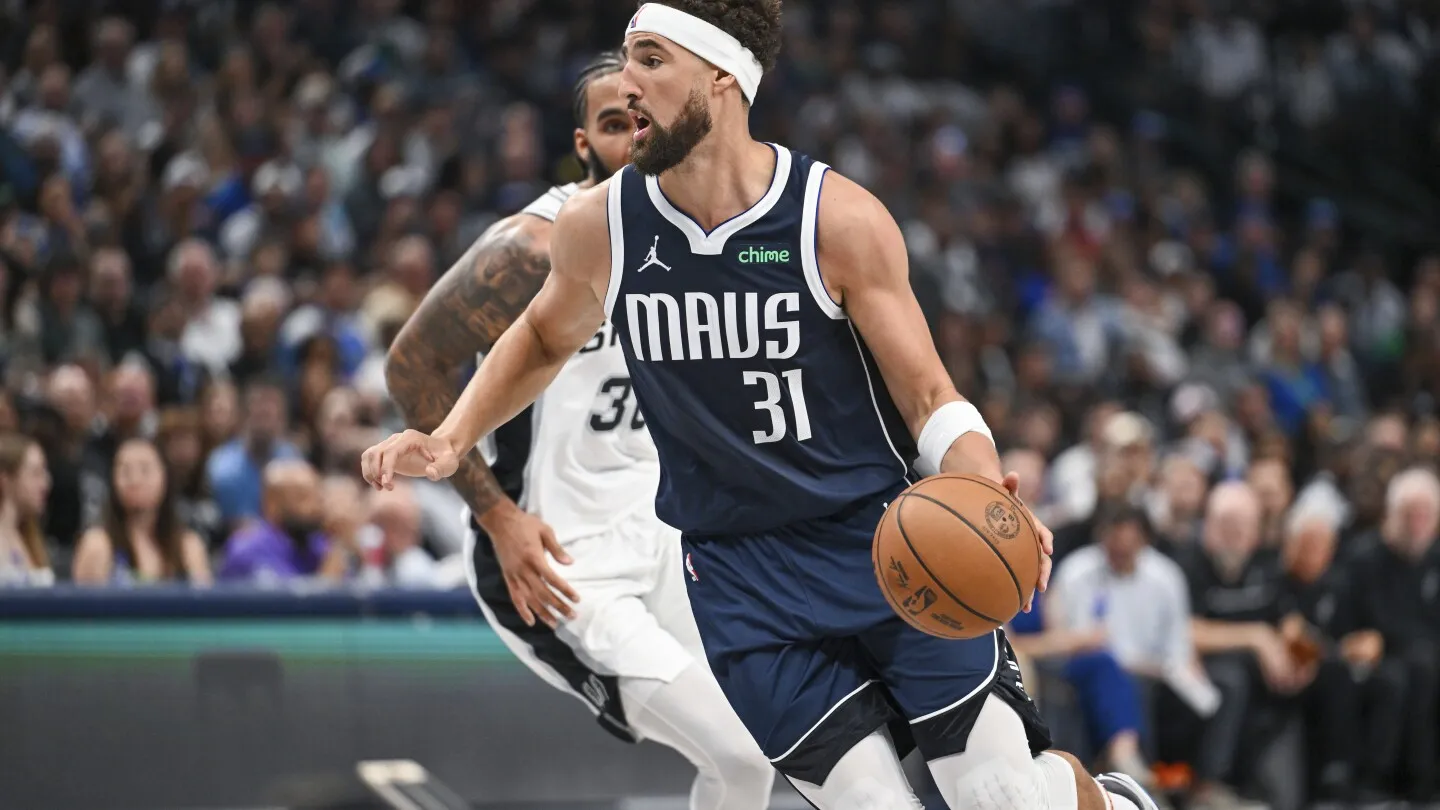
Conclusion: Can Dallas Fix the Klay Thompson Issue?
The Dallas Mavericks made a bold move by bringing in Klay Thompson, hoping to add a proven winner to their roster. However, his drop in scoring from 17.9 to 14.1 points per game suggests that the team has not yet figured out how to integrate him effectively. If they can make the necessary adjustments, Thompson can still be a valuable weapon in their championship aspirations. If not, he may become yet another high-profile player who failed to fit into the Mavericks’ system.
Ultimately, the responsibility lies with Jason Kidd and the coaching staff to ensure that Klay Thompson is not wasted in Dallas. With the right approach, he can still be a key contributor and help the team reach new heights. But if things continue as they are, fans may soon question whether the Mavericks made a mistake in acquiring him.
